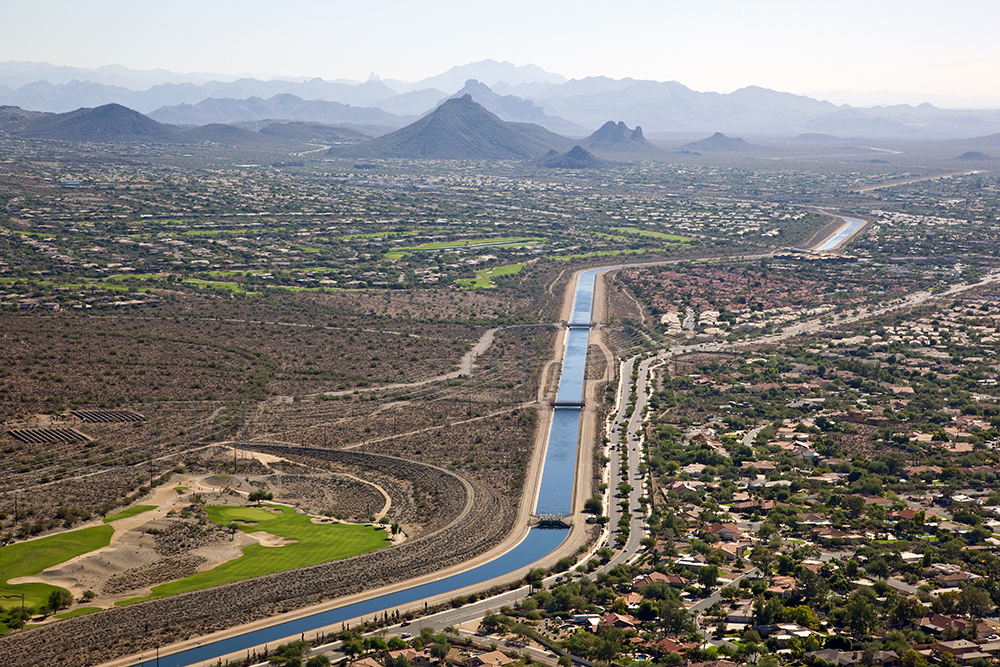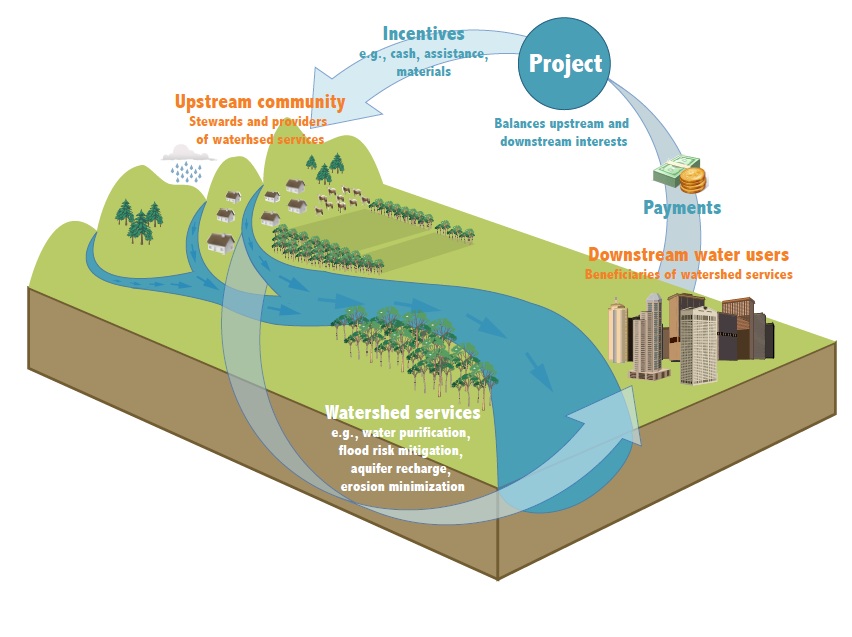U.S. Defense Department Surpasses Water Conservation Goal, Misses Energy Targets
Several laws, executive orders, and directives guide the department’s conservation plans, but wartime operations can throw a wrench in the system.
In fiscal year 2010, military installations operated by the U.S. Department of Defense (DoD) decreased their water use per square foot of building space by 13 percent compared with a 2007 baseline — more than double the goal of a 6 percent reduction, according to the department’s annual energy management report which was released last month.
The DoD was able to exceed its water conservation goals largely by installing low-flow showerheads and toilets, fixing leaky valves, and making other efficiency upgrades.
Over the same time period, however, the DoD failed to meet its energy-intensity goal of a 15 percent reduction, compared to a 2003 baseline. Averaged across the department, energy intensity has fallen 11.4 percent, continuing a slow downward trend. Total energy use, however, has risen slightly since 2007, as wartime operations have increased demand.
The DoD also fell short of its renewable energy goal. The Energy Policy Act of 2005 set a target of 5 percent of electricity from renewable sources, but the DoD counted only 4.1 percent. By 2025, the DoD hopes to get 25 percent of its electricity from renewable energy.
Required by Congress, the annual report calculated water and energy use for the department’s 507 domestic and foreign military installations, its 300,000 buildings, and its fleet of non-tactical vehicles; energy used for mission operations was not included.
Cost is one of the primary reasons the DoD is looking to reduce how much energy it consumes. Last fiscal year, the department spent $US 4 billion on energy for its facilities. A recent report from the Pew Charitable Trust noted that the DoD accounts for 80 percent of the energy that is consumed by the U.S. government.
Reliability is another factor. Most facilities are connected to commercial grids, which can be prone to brownouts, power cuts, or shortages, and some bases are supported via elaborate and perilous supply lines. It is expected that generating more electricity on-site will lift some of these burdens.
A few existing facilities are being tested for a potential transition to “net zero” energy, meaning the facility would produce as much energy as it consumes. An executive order — signed in 2009 by President Obama — requires all new federal buildings, designed after 2020, to be net zero by the end of that decade.
That same executive order, expanding on one signed by former President George W. Bush, sets a 2 percent annual reduction in water consumption for all federal agencies.
Brett writes about agriculture, energy, infrastructure, and the politics and economics of water in the United States. He also writes the Federal Water Tap, Circle of Blue’s weekly digest of U.S. government water news. He is the winner of two Society of Environmental Journalists reporting awards, one of the top honors in American environmental journalism: first place for explanatory reporting for a series on septic system pollution in the United States(2016) and third place for beat reporting in a small market (2014). He received the Sierra Club’s Distinguished Service Award in 2018. Brett lives in Seattle, where he hikes the mountains and bakes pies. Contact Brett Walton








Leave a Reply
Want to join the discussion?Feel free to contribute!